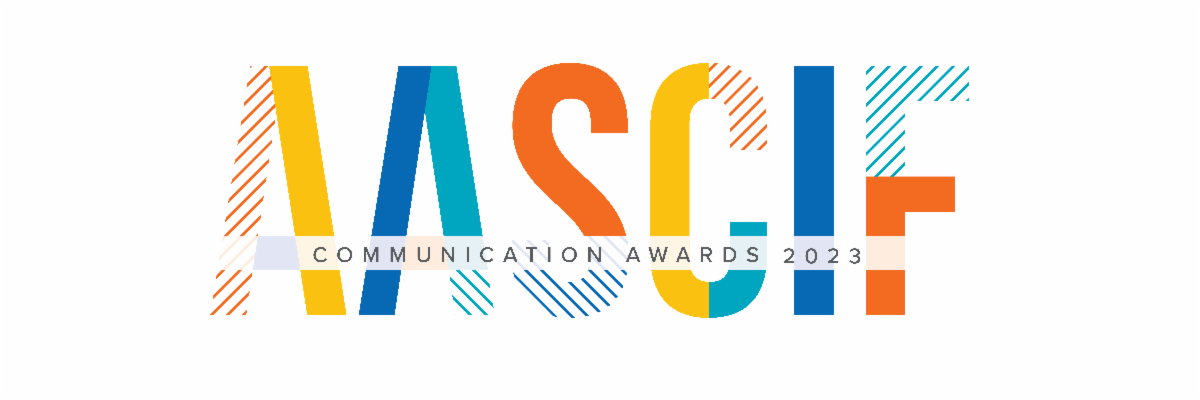Welcome to the new AASCIF website!
This website will help with the work of keeping our membership connected. With social networking support, simple tools for staying in touch, space for sharing documents and photos, and resources to support committees, we can use it to help market our association and highlight great work being done.
How to log in:

Join us for the AASCIF 2024 Annual Conference, taking place July 28–31, 2024, at the Rhode Island Convention Center in Providence, Rhode Island. Get ready to immerse yourself in a captivating experience filled with insightful sessions, expert speakers, and valuable networking opportunities.

2023 Communication Awards Winners
We are happy to announce the winners for the AASCIF 2023 Communication Award Winners! The AASCIF Communication Awards are presented annually to member funds and boards that have addressed communications issues with professional skill, creativity, and resourcefulness. Learn More.
|








